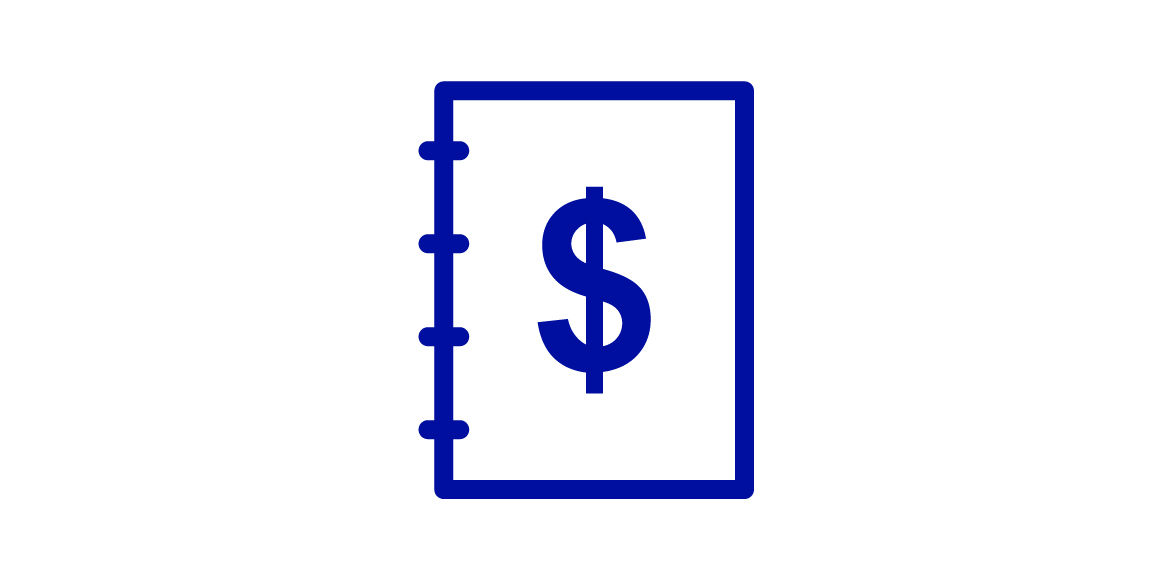RRSP
What is an RRSP?
RRSPs help you save for your retirement while deferring taxes and often giving you a tax refund.
We make it easy for you to buy several different types of RRSPs directly or through our partners. You can find everything you need, from mutual funds* to term deposits, stocks*, and more,* at your nearest branch.
Based on your choices, we can help you create an investment portfolio that will give you an extra source of income during your retirement. We also have ideas to help you add to your plan regularly.
Based on your choices, we can help you create an investment portfolio that will give you an extra source of income during your retirement. We also have ideas to help you add to your plan regularly.
Sit back and watch your money grow with us!
Benefits of RRSPs
There are so many benefits to having an RRSP plan, and BVCU wants to help you take advantage of them.

Increase Your Income
Bolster your retirement income with the savings you have put away in your working years.

Income Tax Benefits
By deferring taxable income that would be charged at a higher tax bracket when you are working, than when you are retired and in a lower tax bracket.

Flexible Contributions
You can carry over any unused contribution room, so it’s easy to strategically contribute more or less depending on your income.

Customized Savings
Build an RRSP that fits your goals from a wide range of investment and savings options – including Term Deposits and ETFs.

Home Buyer Plan
Use your RRSP savings to help with the down payment on your home for first time home buyers as authorized under this Canadian government plan.
Contribution and Withdrawal Rules
Contribution Rules
Follow these guidelines to make smart contributions:
- Who can contribute: Canadian residents under the age of 71 with employment income and a tax return can contribute to an RRSP.
- Max contribution: 18% of your annual income up to a maximum of $29,210 for the 2022 taxation year.
- Unused contribution room: If you have unused contribution room at the end of the year you can carry it over and use it next year.
Withdrawal Rules
There are tax consequences to withdrawing from your RRSP before you retire, so try to avoid it.
If you withdraw early, the money you take out will be subject to a withholding tax and it’s counted as part of your income for that year (meaning you pay income tax on it). There are a couple exceptions. You can borrow from your RRSP to help pay for your first home under the federal Home Buyers' Plan. You can also use money from your RRSP to pay for training or education as part of the federal Lifelong Learning Plan.
Reaching Your Goals
You Have Options
Ready to talk to us about building an RRSP that fits your retirement plans or to make sure you are on track? Start the conversation today – find your most convenient branch and book a meeting. We can help you look at multiple options including:
- RRSP Loans and when they make sense (and when they don't).
- RRSP top-ups and how to maximize your contributions.
- pre-authorized savings plans for your RRSP (the best way to save pain-free).
Frequently Asked Questions
For 2019, the RRSP contribution limit is $26,500, or 18% of the income reported on your 2018 tax return - whichever is less. If you have contribution room carried over from previous years, you can also use that. To find your current contribution limit, check your last Notice of Assessment from the CRA or log in to your account on the CRA website.
It's often easier to make smaller, regular contributions than it is to come up with a larger lump sum. This is easy to do with a pre-authorized contribution plan (PAC). A PAC automatically withdraws as little as $25 from one of your other BVCU accounts and adds it to your RRSP. In the end though, you can contribute any way you want – just keep an eye on the contribution limit.
If you are a first time home buyer, you can borrow up to $35,000 from your RRSP to help pay for your new home as part of the federal Home Buyers' Plan. Your spouse or partner can do the same, which would give you a total of $70,000. You don’t have to pay tax on this withdrawal, but you do need to pay it back within 15 years.
When you withdraw funds from your RRSP before retirement you pay a withholding tax on them and withdrawn funds also count as income, so they affect the income tax you pay as well. The two exceptions to this are withdrawals as part of the Home Buyers' Plan and Lifelong Learning Plan.
When you retire, you can convert the money in your RRSP into income by transferring it to a RRIF, purchasing an annuity, or cashing in your RRSP. You must withdraw all funds from your RRSP by the end of the year you turn 71.
If you exceed your maximum contribution for the year by $2,000 or less there’s no penalty but you don’t get a tax break on the excess amount. If you exceed your contribution limit by more than $2,000 you have to pay a penalty to the CRA of 1% per month on the excess amount for as long as it’s in your account.
Yes. Contributions to your RRSP give you a tax deduction. This means your taxable income is reduced, which lowers the amount of tax you pay.
With a spousal RRSP, one spouse (or common-law partner) is the owner of the account and one person is the contributor to the account. This is a great way to split income for tax purposes. For example, if you earn more than your spouse, you can split your RRSP contribution between your personal RRSP and a spousal RRSP. You still get the tax deduction, and you also help to grow your spouse’s retirement savings.
You may also be interested in
*Mutual funds, other securities and securities related financial planning services are offered through Credential Securities, a division of Credential Qtrade Securities Inc. Credential Securities is a registered mark owned by Aviso Wealth Inc. Mutual funds are offered through Credential Asset Management Inc.

 Search
Search







 www.google.com
www.google.com




